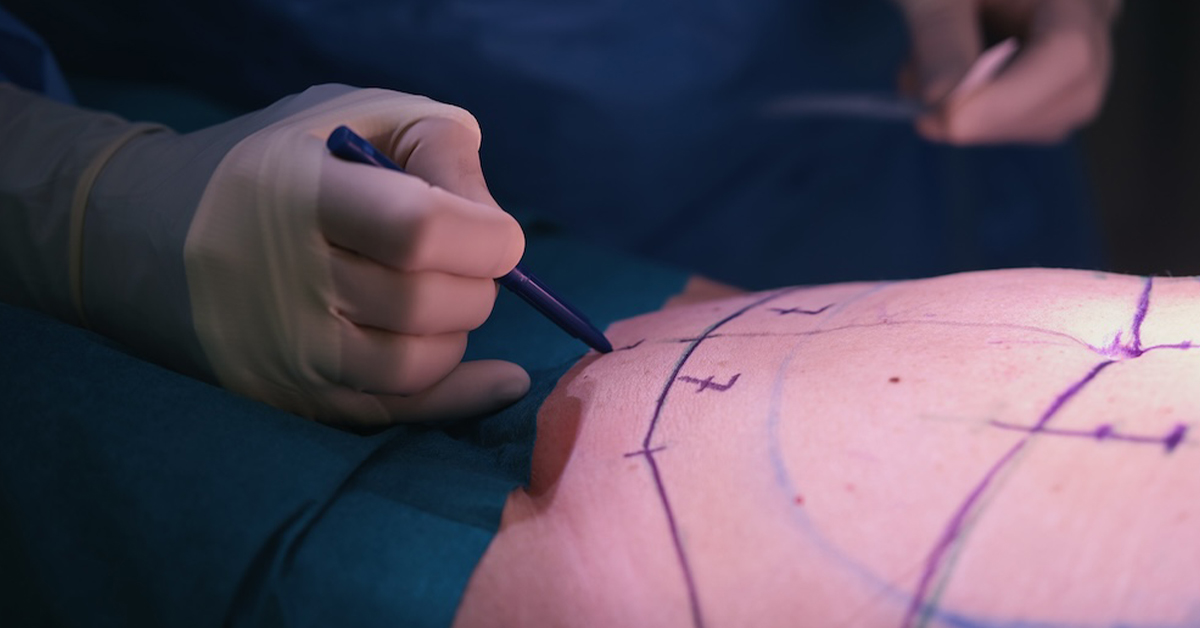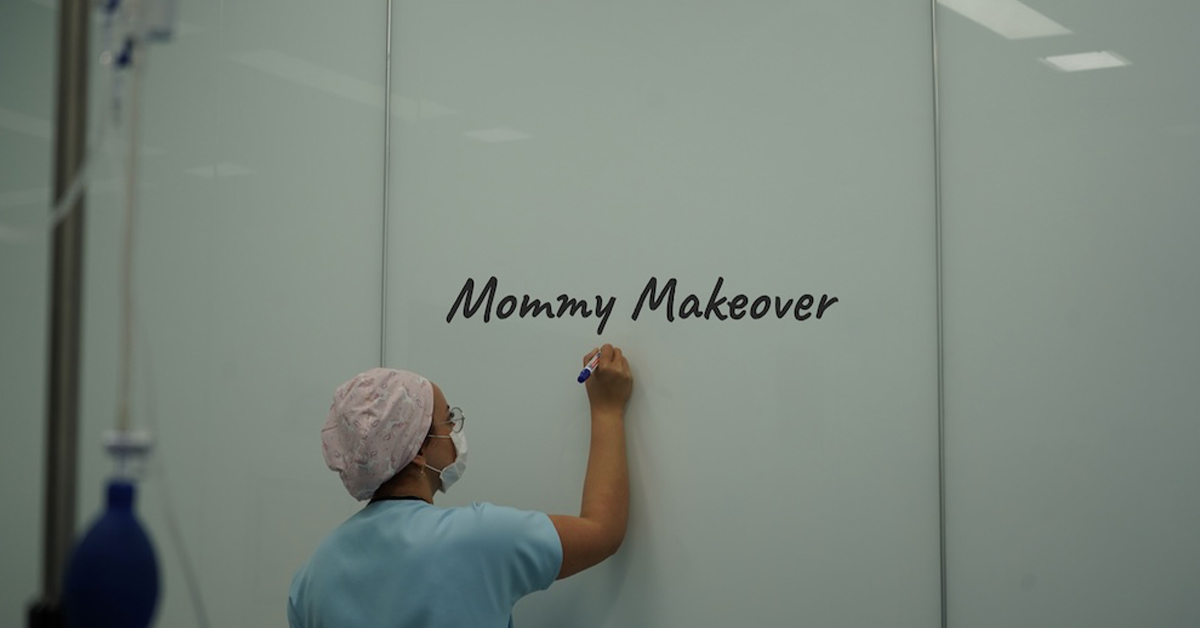Tummy Tuck Necrosis: What You Need to Know
Tummy tucks, also known as Abdominoplasties, are one of the most popular cosmetic surgeries performed today. During a tummy tuck, a plastic surgeon removes excess skin and fat from the abdominal area, tightens the abdominal muscles, and repositions the belly button. The result is a smoother, firmer, more toned abdomen.
While these procedures can produce dramatic and long-lasting results, they are not without risk. One of the most serious complications that can occur after a Tummy tuck is Tummy tuck necrosis. This condition can be painful and potentially dangerous if left untreated, so it’s important to know the signs and symptoms.
What is Tummy Tuck Necrosis?
Tummy tuck necrosis is a condition in which the skin and tissue in the abdominal area die due to a lack of blood supply. Necrosis can occur in any part of the body, but it’s more common in areas where the blood supply is compromised.
During a Tummy tuck, the surgeon makes incisions in the skin and separates the skin and fat from the abdominal muscles. This process can temporarily disrupt the blood supply to the area. In most cases, the blood supply returns to normal after the surgery. However, in some cases, the blood supply may be permanently compromised, leading to Tummy tuck necrosis.
What Causes Tummy Tuck Necrosis?
There are several factors that can increase the risk of developing Abdominoplasty necrosis, including:
- Smoking: Smoking reduces blood flow to the tissues, making it harder for the body to heal after surgery.
- Obesity: Excess fat in the abdominal area can put pressure on the blood vessels, reducing blood flow to the tissues.
- Diabetes: Diabetes can damage the blood vessels, making it harder for the body to supply blood to the tissues.
- Previous abdominal surgery: Scar tissue from previous surgeries can interfere with blood flow to the tissues.
Symptoms of Tummy Tuck Necrosis
The symptoms of Postoperative abdominal skin necrosis can vary depending on the severity of the condition. Mild cases may cause minor skin discoloration or redness, while more severe cases can cause skin breakdown, open wounds, and a foul-smelling discharge.
Some of the common symptoms of Tummy tuck necrosis include:
- Skin discoloration or redness
- Pain or tenderness in the abdominal area
- Skin breakdown or open wounds
- Foul-smelling discharge
- Fever or chills
If you experience any of these symptoms after a Tummy tuck, it’s important to contact your surgeon right away.
Treatment Options for Tummy Tuck Necrosis
The treatment for surgical wound necrosis after a Tummy tuck depends on the severity of the condition. Mild cases may be treated with topical antibiotics and wound dressings, while more severe cases may require surgery to remove the dead tissue and promote healing.
In some cases, a skin graft or skin flap may be necessary to replace the damaged tissue. This procedure involves taking healthy skin from another part of the body and attaching it to the affected area.
If you are diagnosed with Abdominoplasty necrosis, your surgeon will work with you to develop a treatment plan based on your specific needs and the severity of your condition.
How to Reduce Your Risk of Developing Tummy Tuck Necrosis
While Tummy tuck necrosis is a serious complication, there are steps you can take to reduce your risk of developing this condition. Here are a few tips to keep in mind before and after your surgery:
- Quit smoking: If you smoke, it’s important to quit before your surgery. Smoking reduces blood flow to the tissues, making it harder for the body to heal after surgery.
- Maintain a healthy weight: If you are overweight or obese, losing weight before your surgery can reduce the pressure on your blood vessels and improve blood flow to the tissues.
- Control your blood sugar: If you have diabetes, it’s important to work with your doctor to control your blood sugar levels before and after your surgery.
- Follow your surgeon’s instructions: Your surgeon will provide you with specific instructions to follow before and after your surgery. Following these instructions can help reduce your risk of complications, including Tummy tuck necrosis.
Conclusion
Tummy tuck surgery can be a great way to achieve a flatter, smoother abdomen, but it’s important to understand the potential risks and complications, including Tummy tuck necrosis. By following your surgeon’s instructions, maintaining a healthy lifestyle, and seeking prompt medical attention if you experience symptoms of complications, you can reduce your risk and achieve the best possible results from your surgery.
Scheduling a Tummy Tuck in Miami, FL
If you’re interested in learning more about a Tummy tuck and want to take the first step, we encourage you to schedule a consultation with us. To make an appointment or to find out more information, you can call us at (305) 406-9055 or conveniently schedule a consultation online.
We’re here to address any questions or concerns you may have and guide you through the process.







